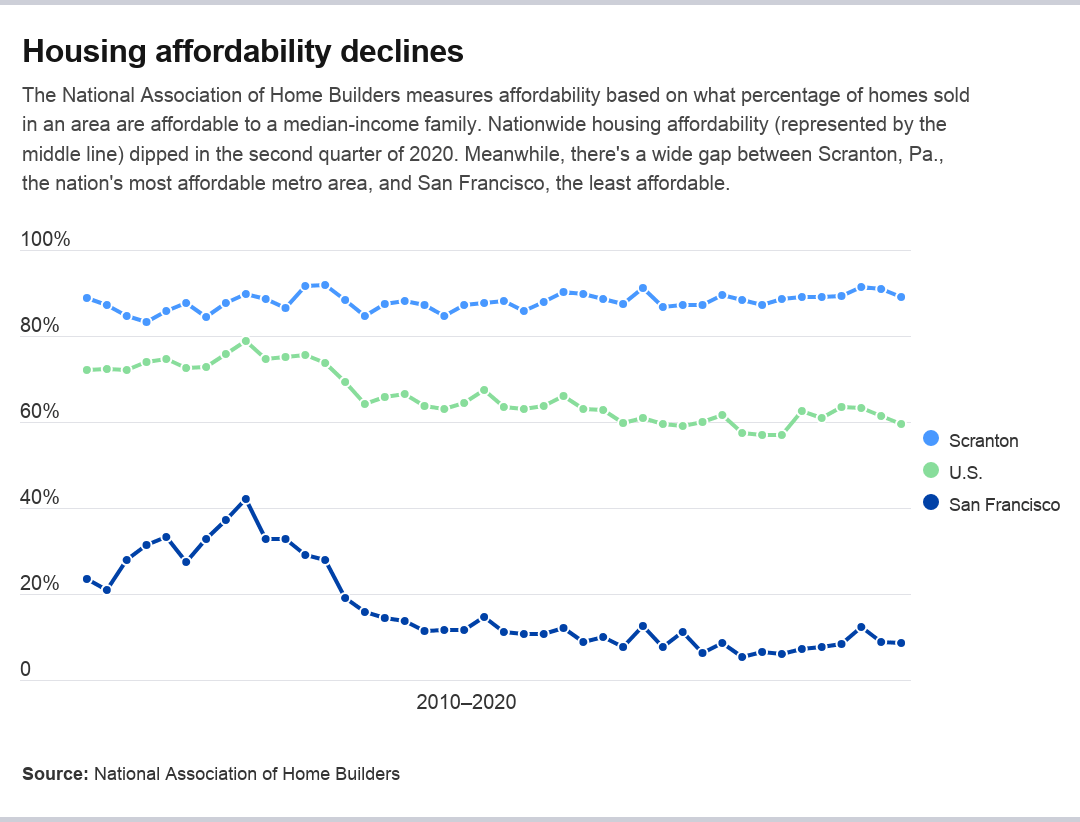The traditional loan is a falling financial obligation, increasing equity loan, while the reverse mortgage is a falling equity, rising financial obligation loan. Simply put, as you make payments on a traditional loan, the quantity you owe is reduced and therefore the equity you have in the home increases over time.
There is a trick here that I am going to let you in on. 2. There is never a payment due on a reverse home loan and there is also no prepayment penalty of any kind. Simply put, you can make a payment at any time, as much as and including payment completely, without penalty.
The quantity loaned in a reverse mortgage is determined differently than a basic mortgage. You do not hear individuals discussing the "loan-to-value ratio" like you would on a standard loan. On a standard loan, the lending institution consents to provide a set amount that is determined as a percentage of the value of the home.
The age of the youngest debtor, value of the home or the HUD lending limitation (whichever is less) The rates of interest in result at the time Costs to get the loan (which are deducted from the Principal Limitation) Existing home mortgages and liens (which should be paid in full) Any staying money comes mount wesley from you or your successors.
The older you are when you take out a reverse mortgage, the more you will get under the program based upon the HUD calculator. You need to be at least 62 years of age for a reverse home mortgage. The Principal Limit of the loan is determined based upon the age of the youngest customer since the program uses actuarial tables to figure out the length of time customers are likely to continue to accumulate interest.
How Do Reverse Mortgages Work In Nebraska Things To Know Before You Get This
Of course there will constantly be exceptions, however the facility is that a 62-year-old debtor will be able to accrue a lot more interest over his or her life than an 82-year-old customer with the same terms, so the HUD calculator permits the 82-year-old borrower to begin with a higher Principal Limit.

In addition to these options, they can use a modified version of each and "mix" the programs, if you will. For instance, a debtor born in 1951 who owns outright a $385,000 home may choose it is time to get a reverse mortgage. Why? The debtor wants $50,000 at closing to make some changes to the home and to fund a college prepare for her grandchild.
She can take a customized term loan with a $50,000 draw at closing and established the monthly payment for four years of $1,000 each month. That would leave her an additional $107,000 in a line of credit that she would have available to use as she pleases. how do second mortgages work. If she does not use the line, she does not accumulate interest on any funds she does not utilize and the on the unused part.

Let us take a look at the $200,000 credit limit revealed above. As we went over, lots of individuals used to consider the reverse mortgage a last option. But let us think about another borrower who is a savvy coordinator and is preparing for her future needs. She has the earnings for her existing requirements however is concerned that she might require more money later on.
Her line of credit grows at the very same rate on the unused portion of the line as what would have accumulated in interest and had she obtained the money - how do muslim mortgages work. As the years go by, her line of credit boosts, implying if she one day requires more funds than she does now, they will be there for her (how do reverse mortgages work after death).
More About Explain How Mortgages Work
If rate of interest increase 1% in the third year and one more percent in the 7th, after 20 years her readily available line of credit would be more than $820,000. Now naturally this is not earnings, and if you do obtain the cash you owe it and it will accumulate interest.
But where else can you make sure that you will have between $660,000 and $800,000 readily available to you in twenty years? The calculator is revealed below, https://telegra.ph/excitement-about-why-do-banks-sell-mortgages-to-other-banks-11-13 and you can see the extremely modest rate increases utilized. If the accrual rates increase more the development rate will be higher. The requires you to take a lump sum draw.
You can not leave any funds in the loan for future draws as there are no future draws allowed with the fixed rate. The factor for this is due to the fact that of the development of the line. As you can see the growth rate can be rather considerable and if there were lots of borrowers with yet unused funds who obtained at low fixed rates however wished to finally access their funds years later after rates had increased, customers would have considerably greater funds offered to them at rates that were not available and may not be able to cover the demand of listed below market ask for funds.
Since customers experienced a much higher default rate on taxes and insurance coverage when 100% of the funds were Continue reading taken at the preliminary draw, HUD altered the method by which the funds would be available to customers which no longer allows all borrowers access to 100% of the Principal Limit at the close of the loan.
HUD calls these necessary rewards "necessary commitments. You have access to approximately 100% of their Principal Limitation if you are utilizing the funds to buy a home or to pay compulsory responsibilities in combination with the transaction. You can also consist of approximately 10% of the Principal Limit in cash (approximately the optimum Principal Limitation) above and beyond the mandatory obligations if required so that you can still get some money at closing.
The 9-Second Trick For How Do Balloon Mortgages Work
If you have a $100,000 Principal Limitation and no loans or liens on your house, you can take up to 60% or $60,000 of your earnings at closing or whenever in the first 12 months of the loan. You can access the staying $40,000 whenever. This is where the fixed rate loan begins to effect debtors the most.
In other words, per our example, as a fixed rate borrower you would receive the $60,000, however since the fixed rate is a single draw there would be no more access to funds. You would not, for that reason, be able to get the extra $40,000 and would surrender those funds. If you were utilizing the entire $100,000 to settle an existing loan, either program would work equally well since all the cash would be required to pay off the necessary responsibility (meaning the existing loan) which HUD allows.
Particularly if you have a loan that you are paying off. There is frequently space in the value of the loan for the lender to make back money they invest in your behalf when they sell the loan. Loan provider credits are permitted by HUD. Store around and see what is readily available.